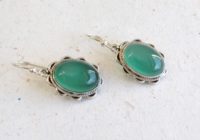Jewelry is a fusion of trends and tradition. In many ways it has remained the same for generations. Yet, in some ways it is always changing. This is never more evident than when an entirely new gemstone surges into fashion. The gemstone on the rise is Ammolite, an organic gemstone derived from the fossilized shells of ancient sea creatures.
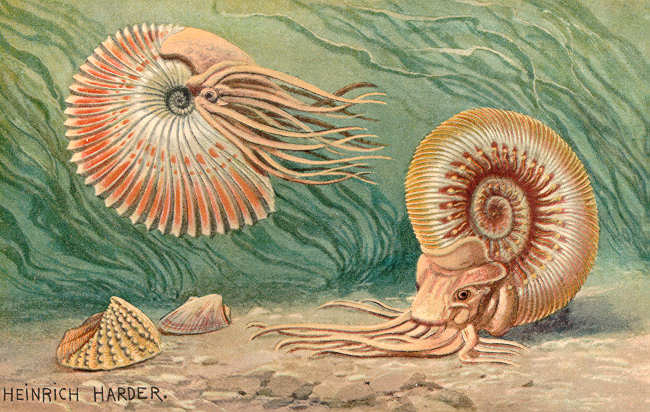
“Ammonoid,” paleoartist Heinrich Harder’s (1858-1935) reconstruction of ammonites as they would have appeared. (Image in public domain)
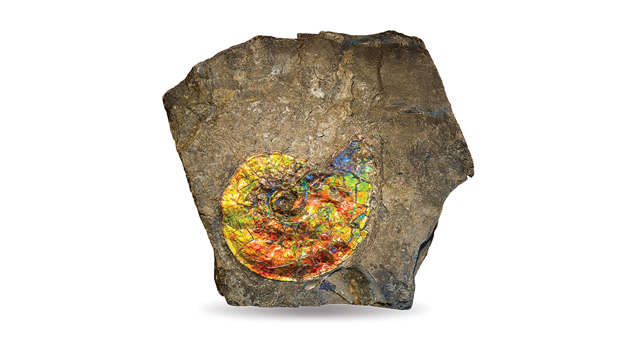
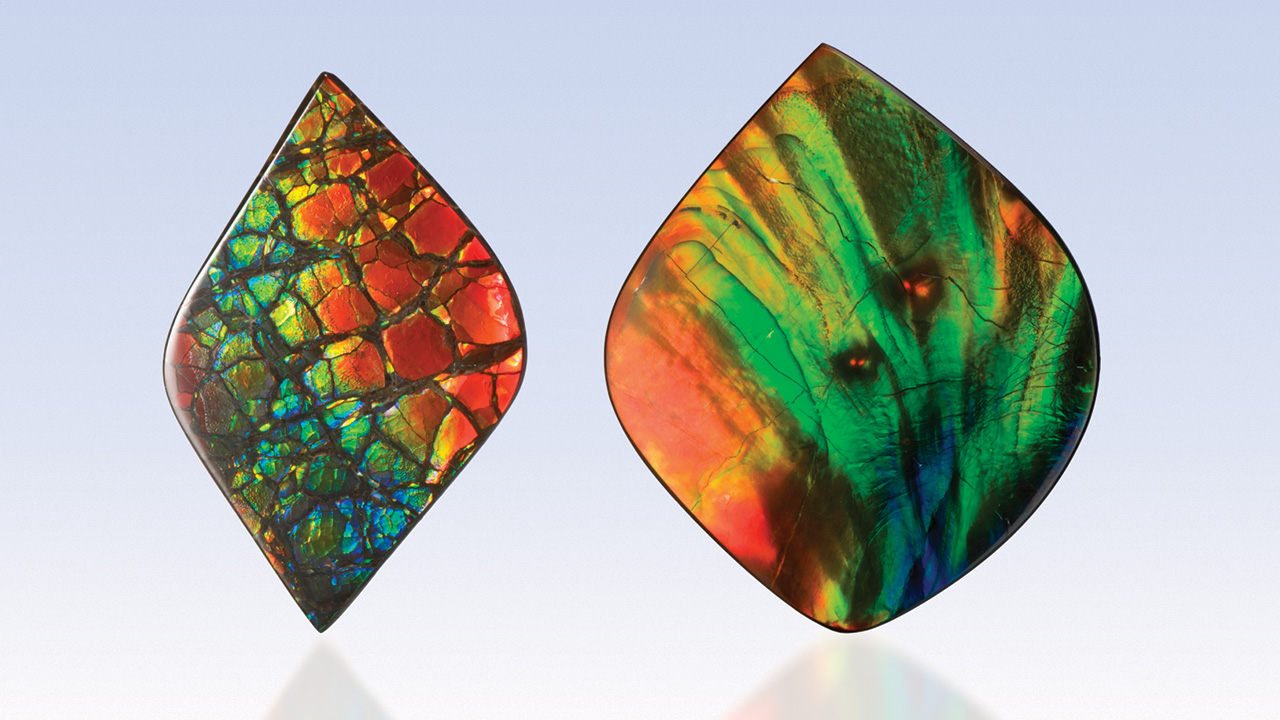
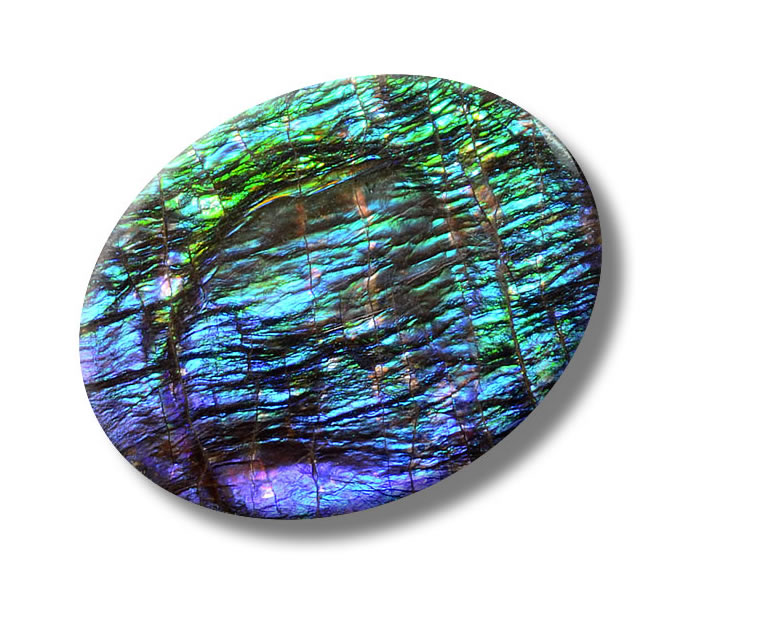
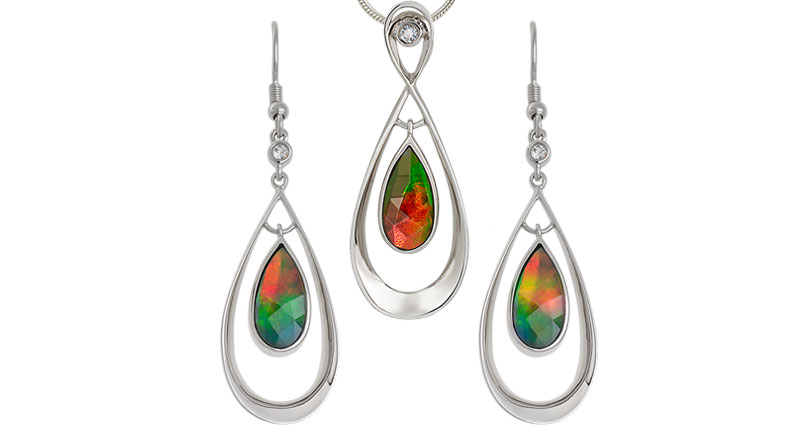
Sources:
“Ammolite Gemstone Information.” GemSelect. 16 August 2016. Web. 15 March 2017. <http://www.gemselect.com/gem-info/ammolite/ammolite-gemstone-information-and-education.php>
“Ammolite: The Fashionable Fossil.” GIA. N.d. Web. 1 March 2017. <https://www.gia.edu/ammolite-gem-jewelry>
Branstrator, Brecken. “5 Things to Know About…Ammolite.” National Jeweler. 1 March 2017. Web. 1 March 2017. <http://www.nationaljeweler.com/blog/5188-5-things-to-know-about-ammolite>



